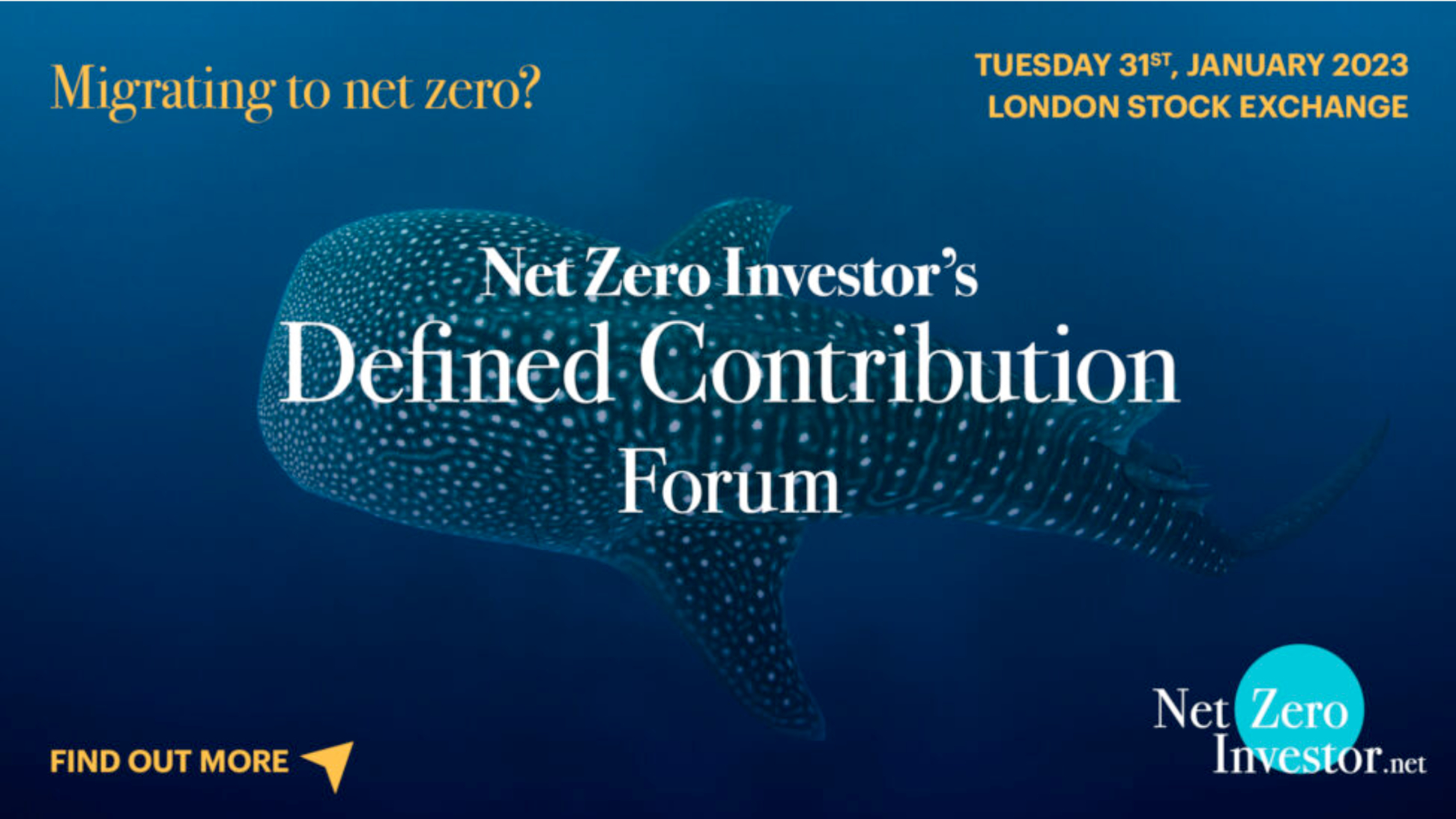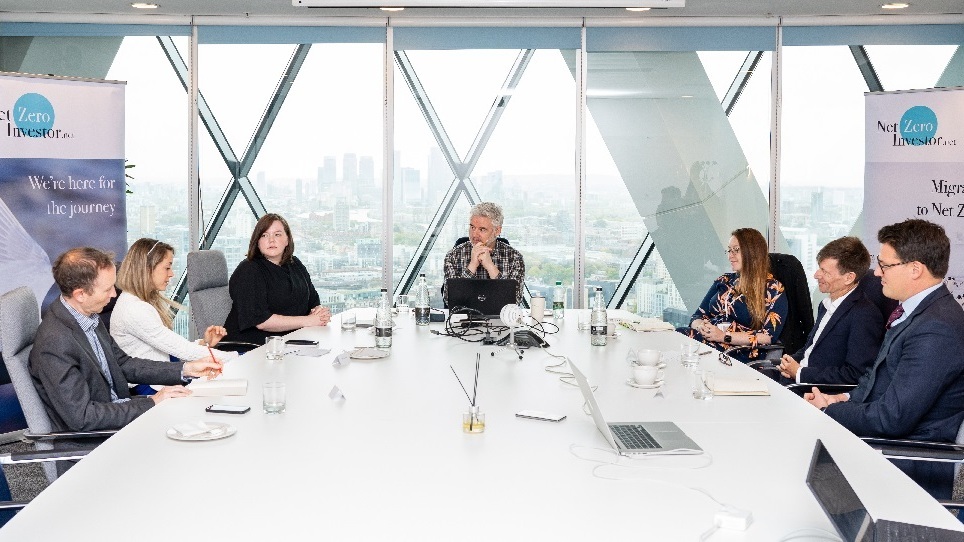
DC roundtable: the pensions’ pathway to net zero
Net Zero Investor convened a group of defined contribution (DC) investment practitioners and consultants to discuss how schemes are developing a response to and a strategy for net zero.
Attendees
Peter Findlay (chair), publisher, Net Zero Investor
Cleo Fitzsimons, head of responsible investment, Pensions Insurance Corporation
Emma Matthews, head of investment, NOW: Pensions
James Monk, head of DC investments, AON
Jonathan Parker, head of DC and financial wellbeing, Redington
Cliff Speed, CIO, TPT Retirement Solutions
Alexandra Westley, associate director, 20-20 Trustees
Across the globe there is increasing pressure for defined contribution (DC) pension schemes to publish how their investments support the Paris Agreement climate goal. In the UK, for instance, the Department for Work and Pensions has introduced new measures that require larger schemes to calculate and report a metric setting out the extent to which their investments are aligned with a 1.5°C pathway.
So what is the right mix for a Paris-aligned portfolio? What will the impact be in both public and private markets? And how can Paris-aligned investing be married with fiduciary duties?
Net Zero Investor’s latest roundtable discussion began by asking attendees for their thoughts on the net-zero challenge from their own perspectives.
Alexandra Westley: The last pension fund I worked for was going through wave one of TCFD reporting, a very expensive and time-consuming process, and we got to a point where we needed a strategy session to ask ourselves: what, ultimately, is the message we want to provide, as a scheme, and who is it for?
Once you know what you want to say, then you can work backwards from there and figure out what you actually need to do, to back up that message. Because you can’t just say it, right? You have to deliver it first.
What does your message tell you about the way you run your scheme and the things you invest in? What does it tell you about engagement and divestment? In our case, we wanted a message that we were pushing for a better world, so that guided us towards a strategy of holding stocks and engaging.
We found that you can set up much clearer policy documents and governance structures once you’re clear on your message and your strategy.
Emma Matthews: Social issues are very important to a lot of our members and these are savers who may not be receiving high or even particularly consistent earnings. From the analysis we’ve done, we think net zero is in the interest of our members and we’ve done a lot of work trying to understand how that interlinks with various social issues too. As a business, we’re already carbon neutral, and we’re targeting net zero by 2050 through our investments.
Cliff Speed: TPT has had quite a long history of thinking about responsible investment. Our underlying funds and clients include a lot of charities for whom reputational issues are very important and so we’ve undertaken a lot of carbon footprint analysis over the past six years. We see this as an evolution, and I think it’s important that you understand both what you’re trying to achieve and what you’re reporting on, and to not let one cloud the other. We’ve run a number of workshops to try and understand what the trustees’ aspirations are and that’s an important phrasing because currently net zero is at the aspirational level. Do we know how to get there? Well, no, not exactly, but we all understand the direction of travel and those workshops helped articulate those goals.
Reporting is an important part of that; it will help you understand where you are on your particular journey but it shouldn’t be the main focus. The data we’re using is by definition backward looking and what we’re really interested in is how we’re going to change, and develop things going forward.
Things are getting better on the data front but for me it’s important not to get sucked into the granularity and stay focused on the big picture.
And for us the big picture is about engagement, risk management and tweaks to asset allocation.
We’re going to have to use our buying power, as asset owners, to apply pressure where it’s most needed. I do see us allocating more to renewable sources of energy and we’re not going to be supporting the development of fossil fuels because that comes with reputation and regulation risk and, potentially, legal challenge further down the road.
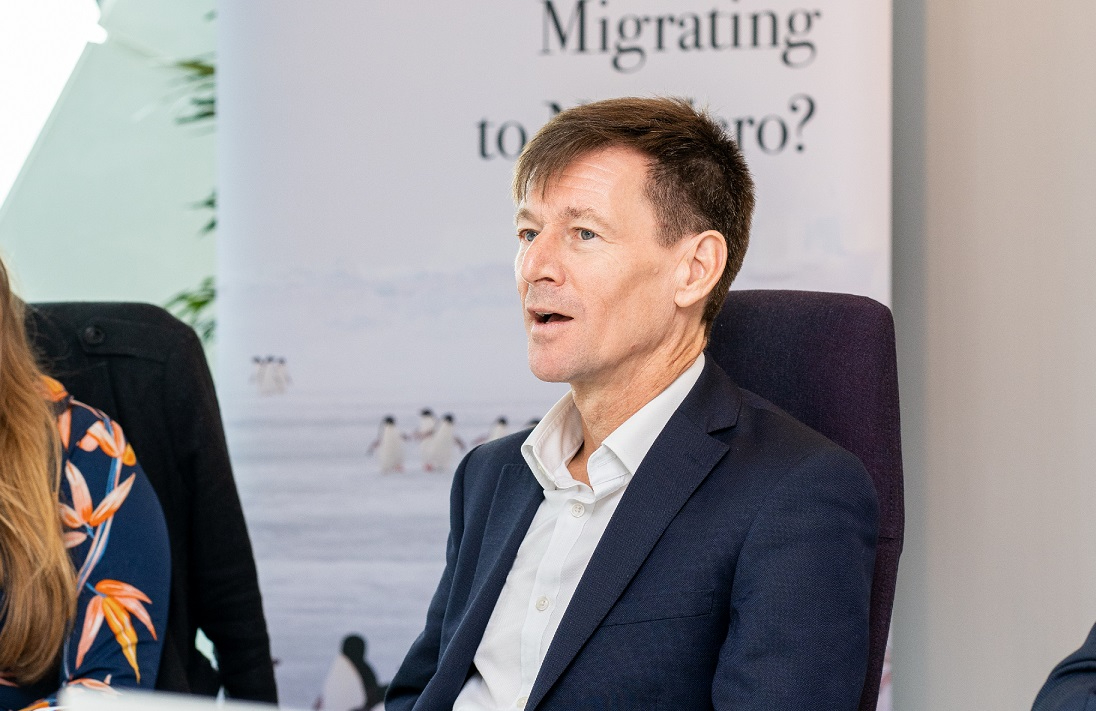
It’s important that you understand both what you’re trying to achieve and what you’re reporting on, and to not let one cloud the other.
James Monk: From a consultant’s standpoint it’s really important that you reflect the client’s objectives and embed that in the investment strategy. From a provider’s standpoint, it’s embedded in everything we do. We are aware of varying levels of quality of ESG integration, and varying levels of quality within ESG – are they looking forward or are they looking back? We see this as something that goes hand in hand with our fiduciary management.
In terms of asset allocation advice, it’s important to think about the net-zero framework in the overall exposure and it’s important to consider the net-zero framework within the member outcome, which is multi-faceted.
Cleo Fitzsimmons: As things stand, we’re looking at net zero on a best-efforts basis from within the insurance sector where investments are regulated on a very stringent basis. So is net zero possible at the moment? I don’t think it is unless we see changes to policy that would allow us to invest in the transition, without penalising us for doing so.
Our investment objectives are to pay pensions to policy holders and as much as ESG and sustainability are very important to our policy holders, if they don’t get their payment every month, or they get less than they thought they would because you didn’t tell them that ‘we’re saving the world together’, I don’t think that’s going to go down so well.
That said, I think momentum is very important and as part of the Net Zero Asset Owners Alliance we’ve committed to periodic emissions targets and a net-zero target by 2050. It pulls everyone in from the investment team to the debt origination team and us in stewardship and sustainability. And while we think the policy bit is central to the overall success of net zero, it hasn’t stopped us from making our own commitments.
Jonathan Parker: Until we move to a global economy which is completely powered by clean energy, there is no way that we can avoid some emissions, somewhere along the value chain. I travelled into work this morning on an electric train. Was all the energy that powered that train renewable? I don’t know. It’s going to be decades before we get there. So what does that mean for our pension fund clients?
Well, we have lots of different clients with varying opinions and varying levels of commitment to net zero. The direction of these funds’ investments is driven by the beliefs of the people who run them; so the trustees, the IGCs (independent governance committees) or the pensions providers.
As you’d expect, we have clients whose beliefs are at different ends of the spectrum. There are those who will, of course, comply with their legal and fiduciary responsibilities but don’t at the moment want to do much more than that. And setting a net-zero target is not a legal requirement. They may look at this through the lens of their TCFD requirement but when it comes to making a hard and fast commitment to net zero, many funds don’t believe they are there yet. What’s driving that is a degree of uncertainty around what net zero actually means from economic and asset owners’ perspectives and they don’t want to jump into something where there is quite a bit of uncertainty.
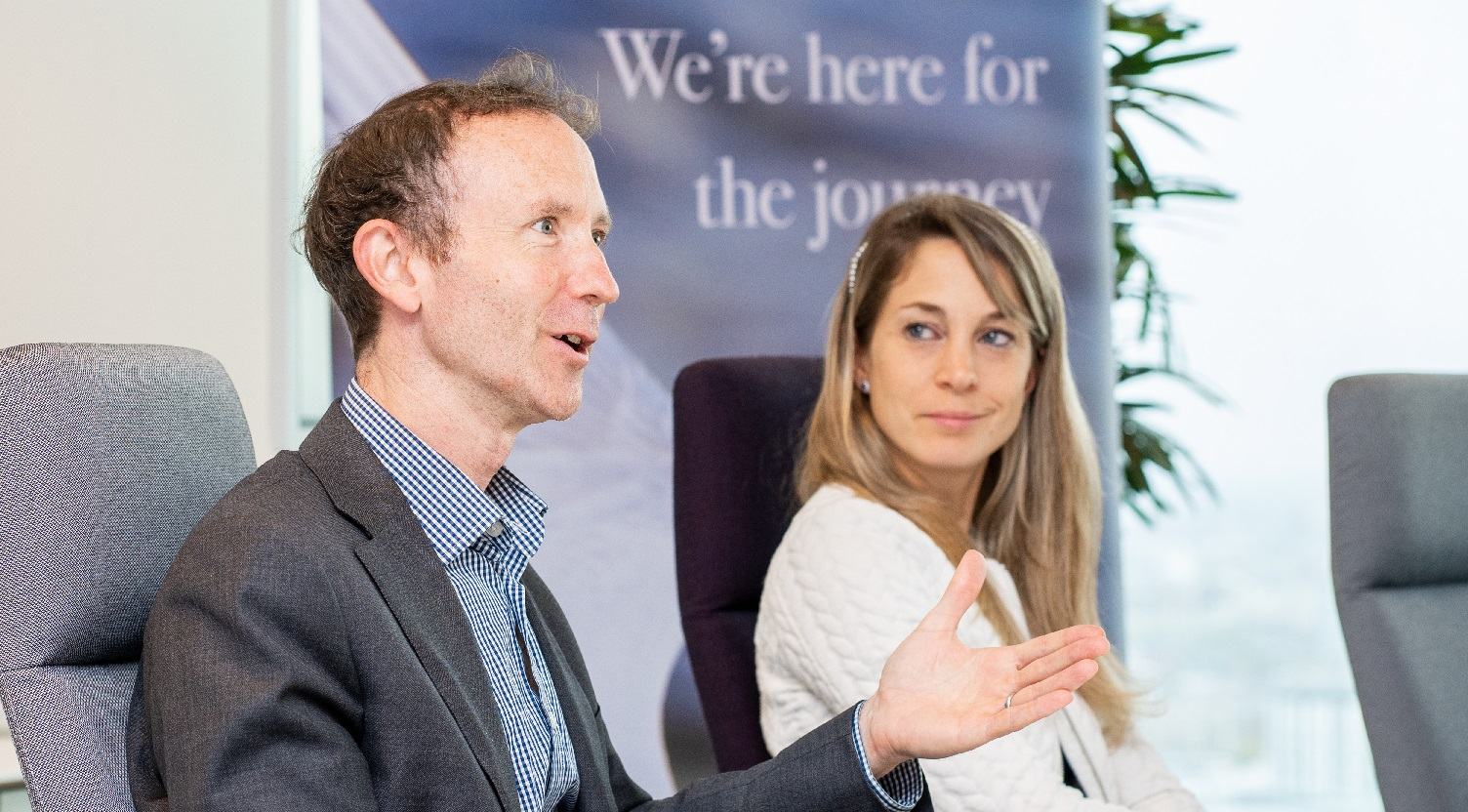
Until we move to a global economy which is completely powered by clean energy, there is no way that we can avoid some emissions, somewhere along the value chain.
Peter Findlay: So what’s your advice to them about the direction the global economy will take?
Jonathan Parker: The opportunity side of this is so important and it doesn’t currently get as much airtime in the DC world as the compliance and risk side of net zero. We would love for the conversation to be much more about where the investment opportunities are but we find the DC world is a bit more restricted than the DB world in that regard.
Peter Findlay: In what sense?
Jonathan Parker: If you want to take some more positive, conscious investment decisions around net zero then the opportunity set, not exclusively, but to some extent, lends itself to more active management, and asset classes that DC schemes tend not to take advantage of.
There are some operational constraints, some real – some imagined, and the one we hear most of is that the typical cost of a DC scheme to members won’t typically enable investing in opportunities within the climate space, at least not without going back to members and having difficult conversations about fees.
Emma Matthews: I agree. There are opportunities out there in the environmental and social spaces that we find hard to access because of fees, but also because of liquidity constraints. Most master trusts are pricing daily or weekly and to invest in illiquid assets properly, against that pricing backdrop, really isn’t straightforward. And you want to do it properly, with the engagement responsibilities that come with illiquid investments.
Then there are the further issues around occupational pension scheme rules; we’re participating in the current DWP consultations on illiquid assets and I think it’s important we all have our say in that. It’s not the first time they’ve consulted on the matter.
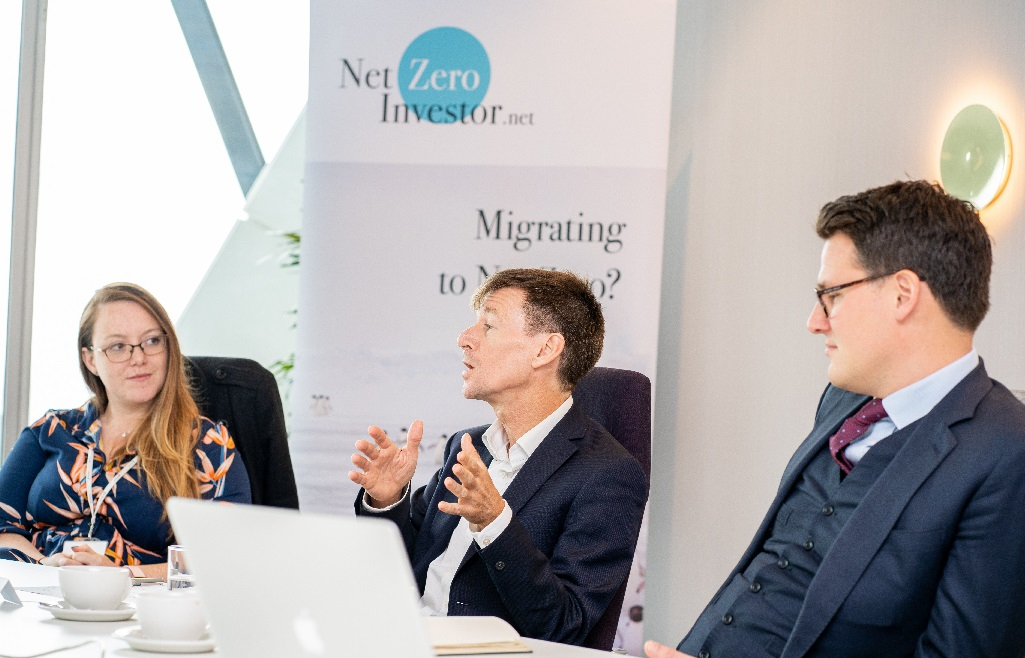
There are opportunities out there in the environmental and social spaces that we find hard to access because of fees, but also because of liquidity constraints.
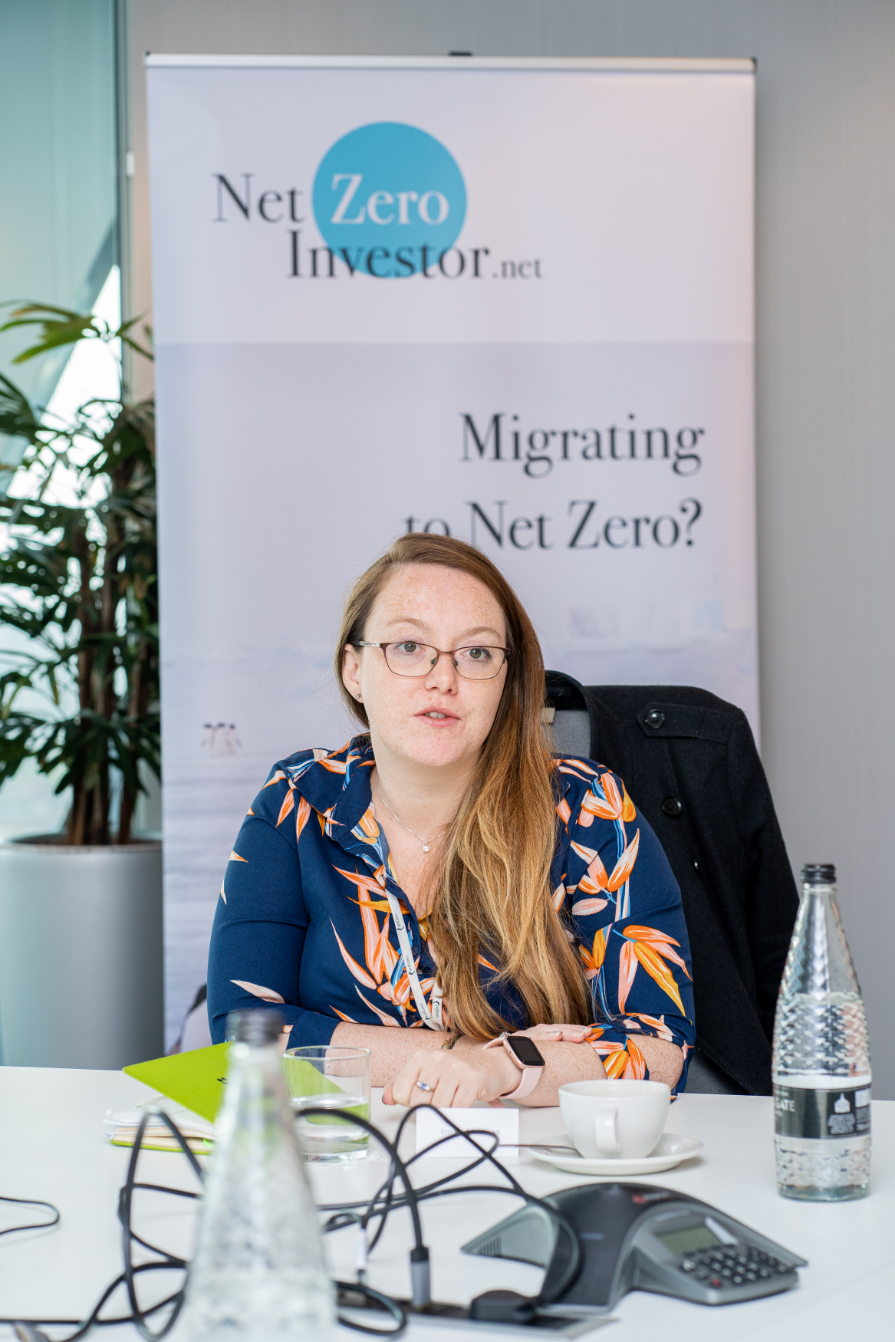
Alexandra Westley: Picking up on the discussion about not setting a net-zero target because you don’t know what net zero looks like, I think one of the clearer directives we’ve had from regulators is on weighing up transition risk. This year has been a terrible and fascinating example of what transition risk looks like. When we think about what a disorderly transition looks like, it’s about supply and demand mismatches that lead to inflation spikes, which lead to disrupted growth and then to stranded workers. This year we’ve had the lot, except for stranded workers. [MT1]
I would say have a look at your DC pots; what do they look like this year? How much money have members lost this year from their pension funds?
And let’s factor into that political volatility and shock announcements that take the markets by surprise. What if a government suddenly introduces a carbon tax, what impact will that have on the valuations of companies in your portfolio? That has become a political possibility and further along the road we get the greater the possibility of transition shocks to pension portfolios.
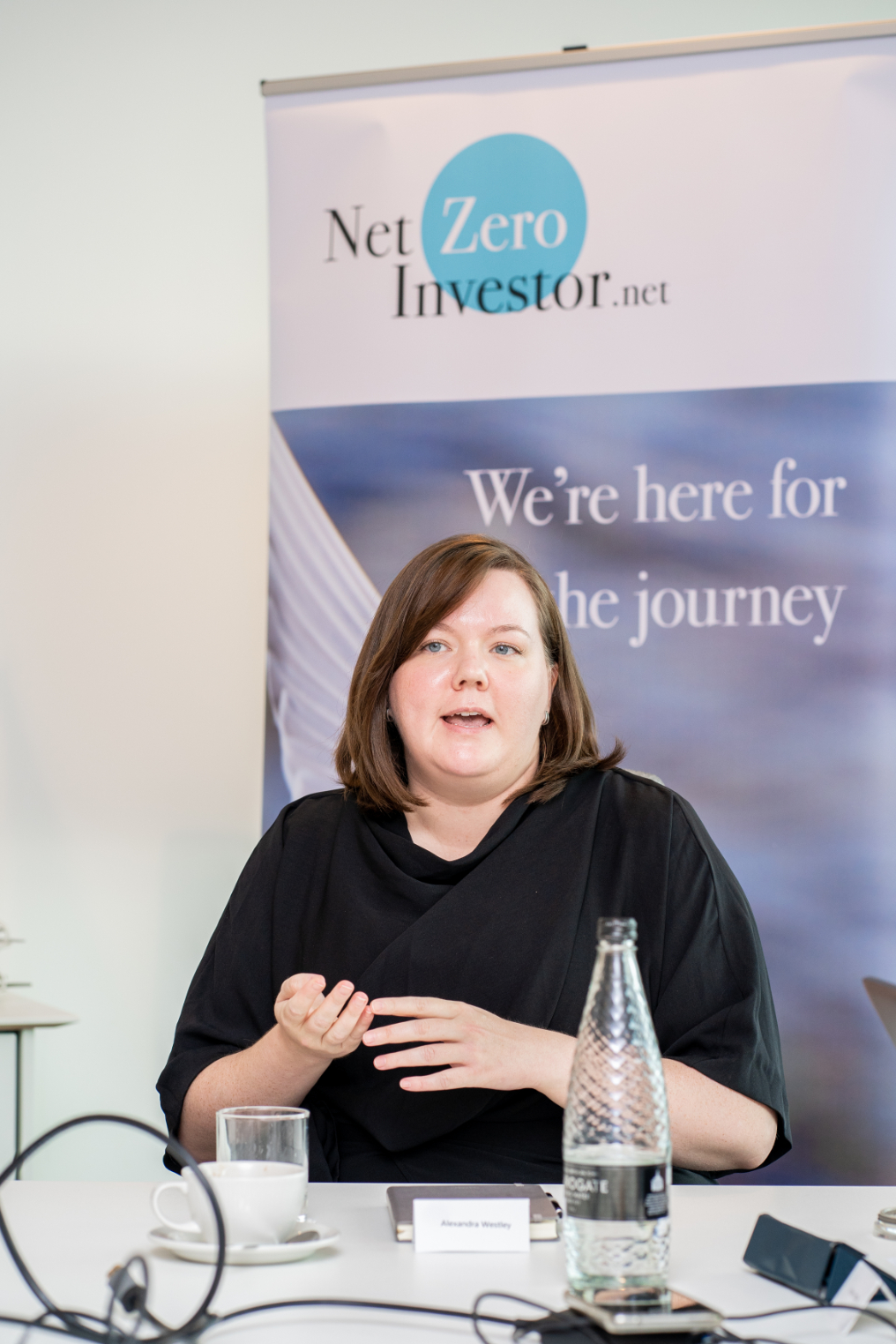
A disorderly transition is about supply and demand mismatches that lead to inflation spikes, which lead to disrupted growth and then to stranded workers. This year we’ve had the lot, except for stranded workers.
Cliff Speed: To Alexandra’s point, there is the potential here for massive disruption across the value chain and we’re already seeing huge inequalities emerge. So, while we haven’t embarked upon wholesale re-allocation of assets it has led to a lot of soul searching regarding our DC schemes. Simplistically, the way we think about DC is that people are putting money away today to spend in their retirement. So earning a real return that increases their spending power in the future is the aim.
With RPI running at over 12% and equities down 25% from their peaks can we honestly say that savers will have increased spending power for their retirement? No, we can’t. So understanding this net-zero disruption is going to be very important.
Peter Findlay: Do schemes understand what their members want regarding net zero? There are risks and potential opportunities but are the right questions being asked of DC members?
Emma Matthews: The industry has a massive challenge in improving engagement with members and while we can act in what we think are their best interests, ultimately, we struggle to get them to actively engage with us. When we published our TCFD report, we made an explicit commitment to proactively engage more and try to understand what the members want. There is a lot of risk and, potentially, opportunity associated with net zero and we need to speak to them about all of that and try to better understand the challenges they are facing.
James Monk: It is really important though how you engage and what questions you ask. I’ve seen examples of surveys in which slightly misleading questions have been framed in a way that achieves the desired outcome, and it’s vitally important that we don’t do that because it erodes trust in our sector. You’ll often find that certain demographics are more likely to engage than others and you want a rounded picture of what the members think across the board.
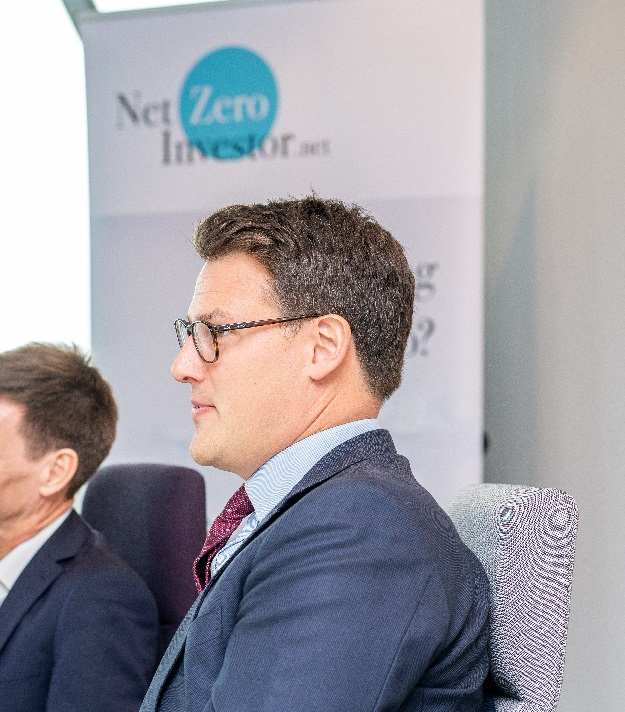
I’ve seen surveys in which slightly misleading questions have been framed in a way that achieves the desired outcome, and it’s vitally important that we don’t do that because it erodes trust in our sector.
Jonathan Parker: Yes, I think the jury is out on the efficacy of member surveys where the questions are essentially about ESG type issues. If the question asks whether you’d like higher returns or better outcomes for the environment, where one is pitched against the other, then I have seen surveys where the returns start to win out.
Alexandra Westley: I understand the legal responsibility around fiduciary management but I feel very strongly that my duty extends to providing a retirement that’s worth having. And a world that’s worth living that retirement in.
James Monk: Yes, it brings it back to getting a clear definition of members’ outcomes and what your membership’s objectives are and setting the appropriate framework around that definition.
Emma Matthews: It’s particularly important in DC because the average member is younger than in DB schemes and you have continuous new entrants to the scheme. We’ve been evolving our integration of responsible investment, and looking at real world outcomes, but for us to do that we had to be really comfortable with, and do a lot of research into sustainable investing, alignment with financial outcomes and our fiduciary duties.
Peter Findlay: Let’s explore DC access to illiquid investments in a little more detail. Less liquid markets will have to be a part of any net-zero solution – what are the challenges for DC schemes?
Cleo Fitzsimmons: Data is a challenge. Data in the listed space is perhaps not all aligned, but it is available. In private markets, it’s just not available, never mind aligned. So you’re faced with primary data collection across different industries, often smaller, less well-resourced organisations than in the listed world. The willingness is there but you’re often dealing with people who’ll need a lot of guidance.
Things are changing fast though. When we invest in property now, for example, where we take equity stakes from the outset and we can influence the design of that building, we do so with a view to future proofing it against environmental regulation standards: not as they are now, but as we think they’ll be way into the future. We don’t want to own stranded assets or have to spend lots on retrofit so we want to get it right now. And where you have that level of input and control you can also influence the terms of data collection and reporting.
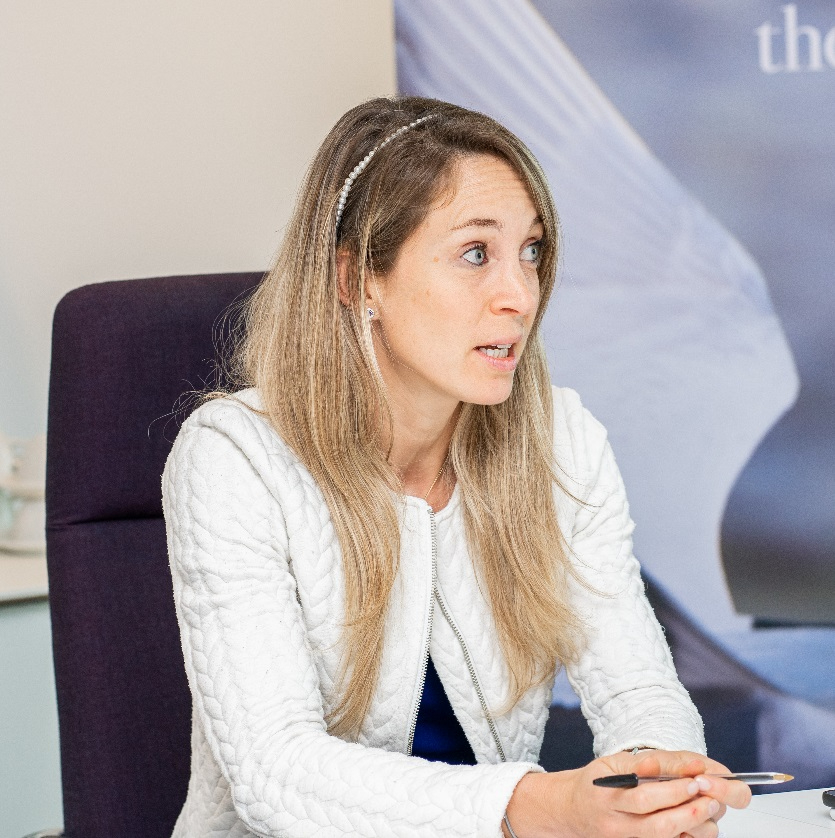
Data is a challenge. Data in the listed space is perhaps not all aligned, but it is available. In private markets, it’s just not available, never mind aligned.
James Monk: I think with illiquid investments the importance of strong stewardship is massively increased, all the way along the supply chain. There is a deep commitment within government to remove regulatory and operational barriers to making investment in less liquid investments available to DC pension schemes.
There’s a huge amount of work in the Productive Finance Working Group to try and drive that agenda and to help asset owners to make more effective decisions. It probably won’t be appropriate for everyone to make investments in less liquid assets; only for those with the appropriate governance and liquidity framework and stress testing capabilities.
I think DC has stable inward cashflows and is currently largely uninvested in illiquids so it is a good opportunity for those with the right frameworks in place.
Cliff Speed: I think with the additional challenges and costs that come with illiquid investments, you must have scale and you must have good governance.
Emma Matthews: How big do you think master trusts need to be before they can access illiquids and be fee competitive?
Cliff Speed: I don’t think there’s a particular number. It’s a scale and there are different entry points; there are things you can access without being a particularly big fund. As you get closer to private assets and where there’s a demand for more engagement time, that’s when you need bigger resources.
Peter Findlay: So, summing up net zero for DC. What’s the major challenge or major opportunity as you see it?
Cliff Speed: I see things quite positively. We’re all here talking about net zero; we all want to achieve the same thing. That’s actually quite an important step already. I think we all need to encourage trustees to be leaders on this and to Cleo’s earlier point they must think not just about what’s required today but what will be required in the future across the regulatory regime and across society.
Jonathan Parker: Fundamentally, this represents the single biggest investment opportunity since the industrial revolution. If we are to make real changes here, the whole global economy needs to change the way it operates and that’s going to require capital, and pension funds, DC in particular, are a major source of capital and it needs to take advantage of this opportunity.
The challenge we’re seeing from asset owners is all tied into definitions and data. What does net zero mean in the context of a pension scheme? And then how do you measure and monitor your pathway to your overall objective?
Cleo Fitzsimmons: I agree: this is a massive opportunity to help change the world. I think we are going to have to be more collaborative, and we’re a sector well practised in being competitive. We need a collaborative voice to help advocate for and encourage the right policy direction. I’d add one thing: if asset owners keep asking the difficult questions and keep the pressure up, then business and investment companies will respond with adding more resource to their sustainability teams and that will effect change.
Alexandra Westley: I really believe that a lot of the things that support a transition to net zero from the perspective of a trustee of a DC scheme, you will already have somewhere. You might not know it, but if you can figure out what you’re trying to achieve and define your message and your purpose, as a pension scheme, I guarantee you’ll have policy documents you haven’t looked at for ages that will help you. They may need tweaking or repurposing but get your message right and agree on your conviction and direction and, I promise, things will begin to look at lot less scary and onerous than they currently do.
Register here for Net Zero Investor’s Defined Contribution Forum on 31 January 2023, at the London Stock Exchange.
